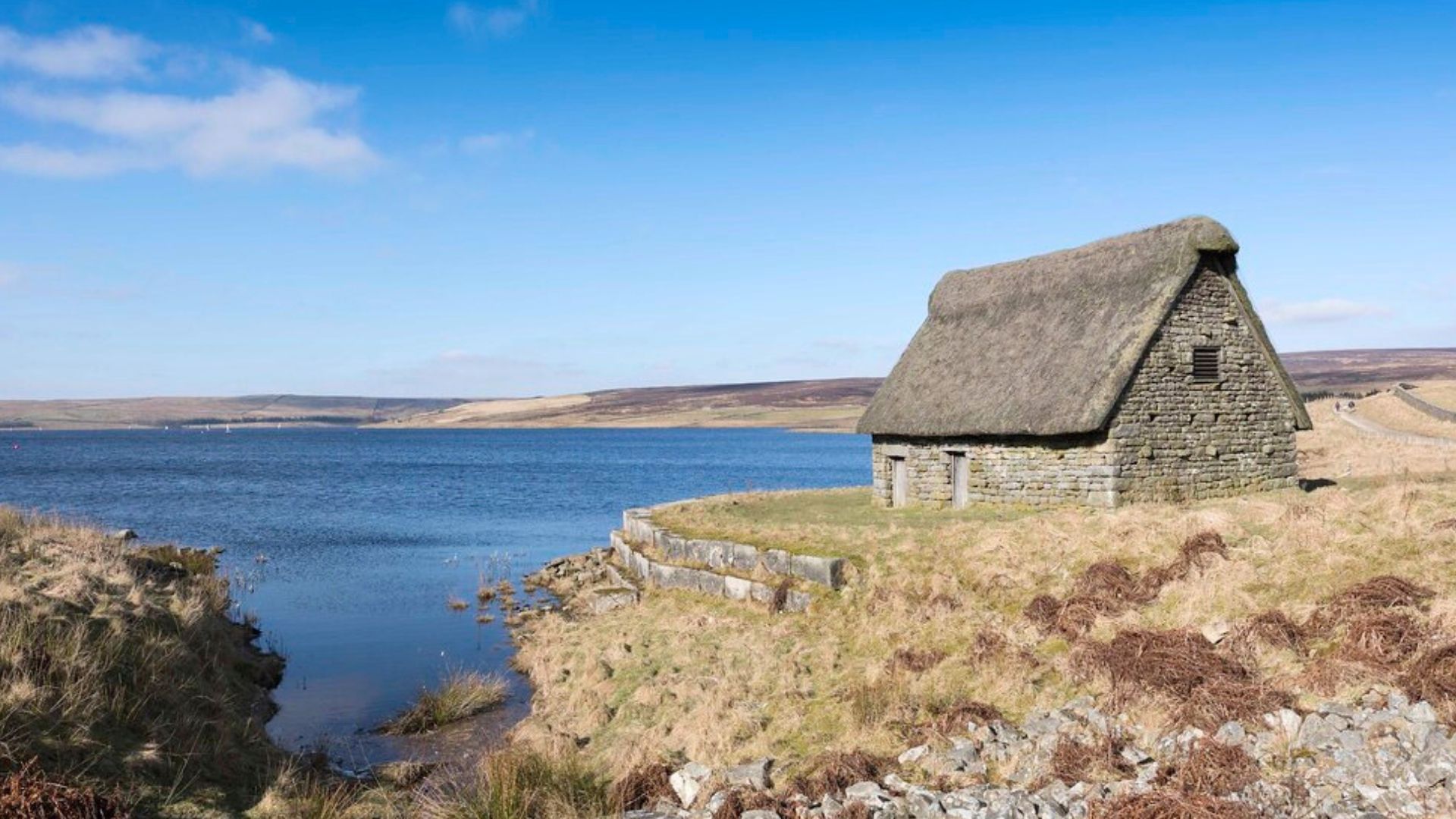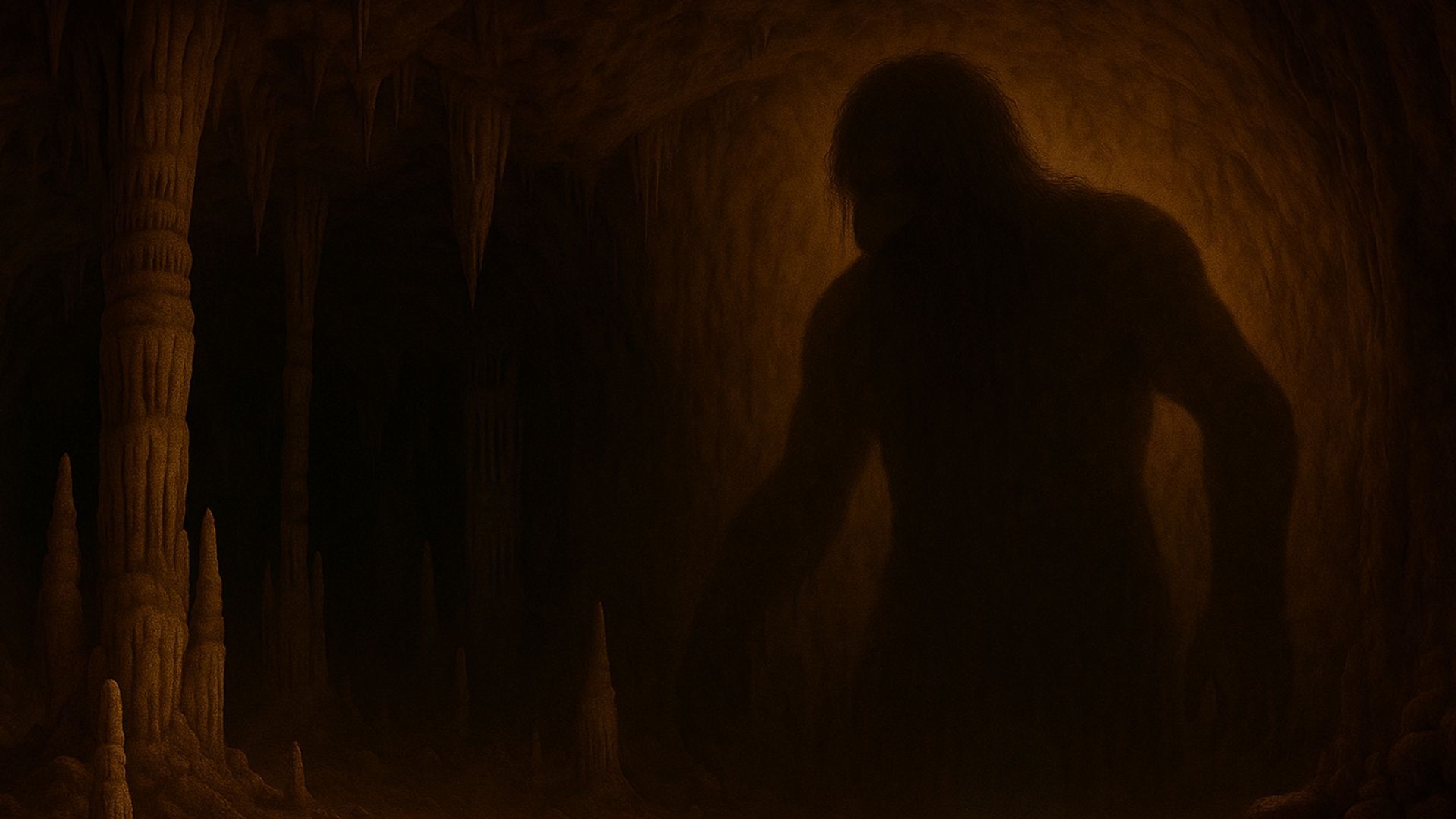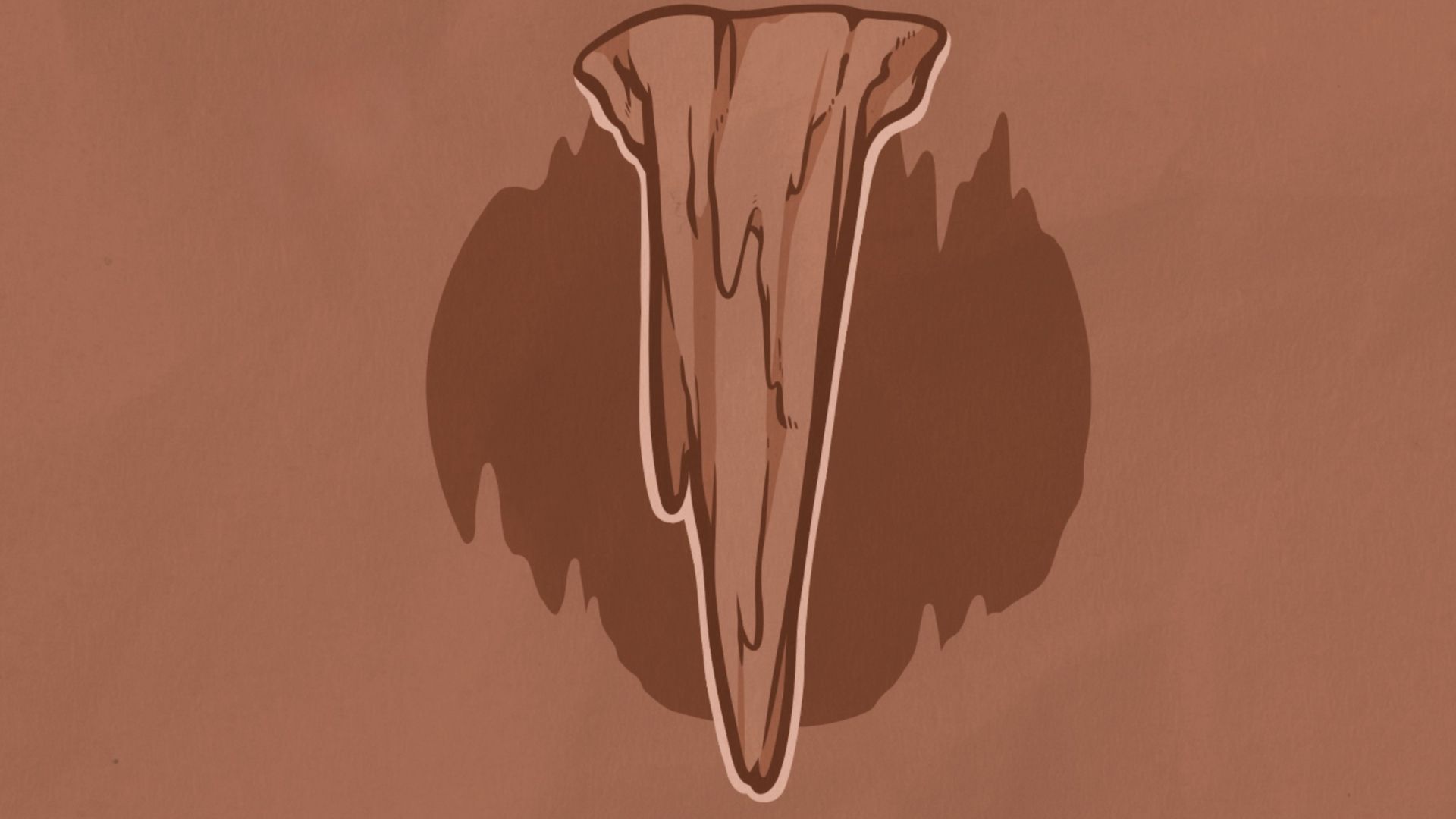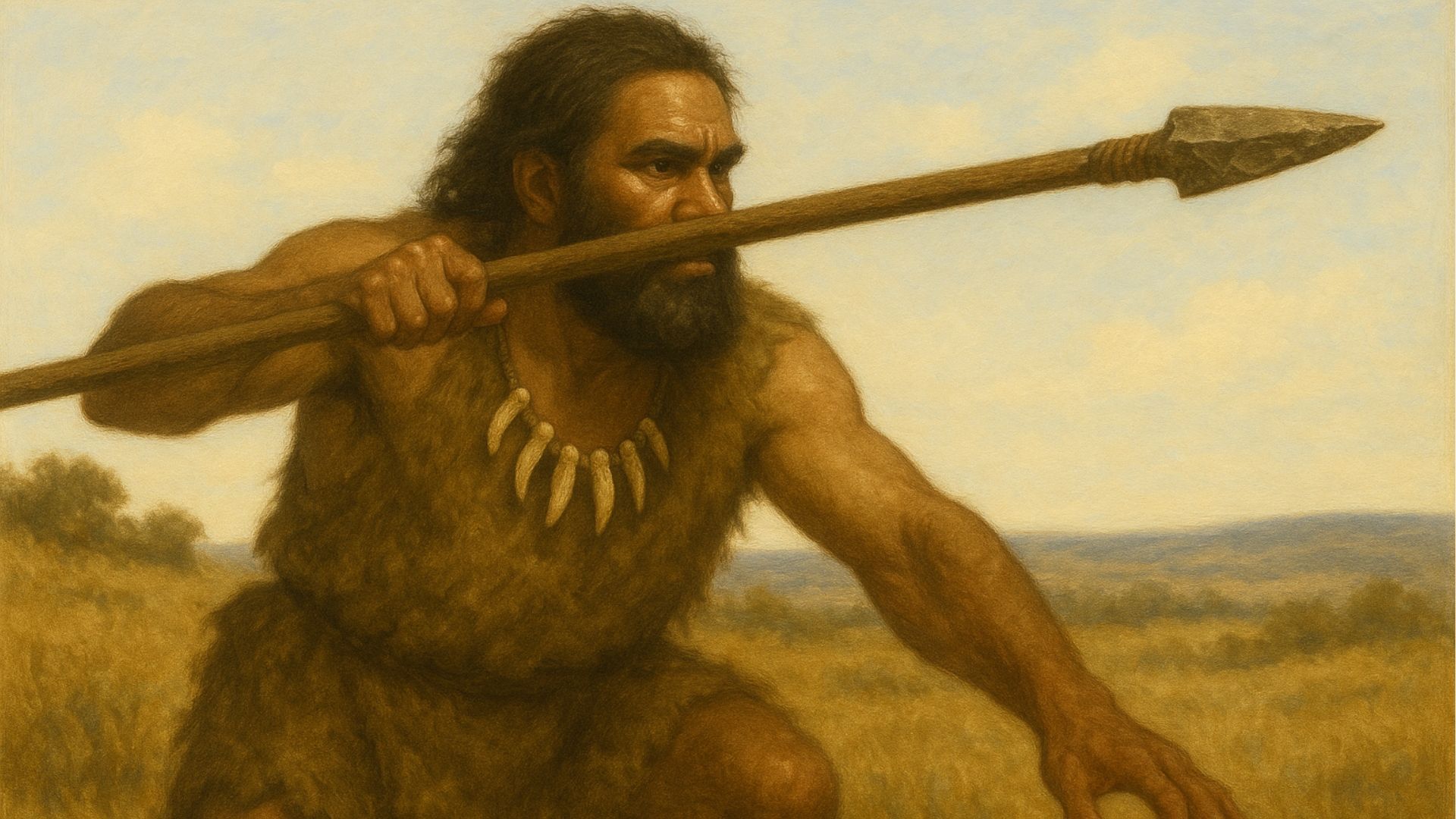The Earth is constantly changing – but what about caves? Learn all about it this British Science Week.
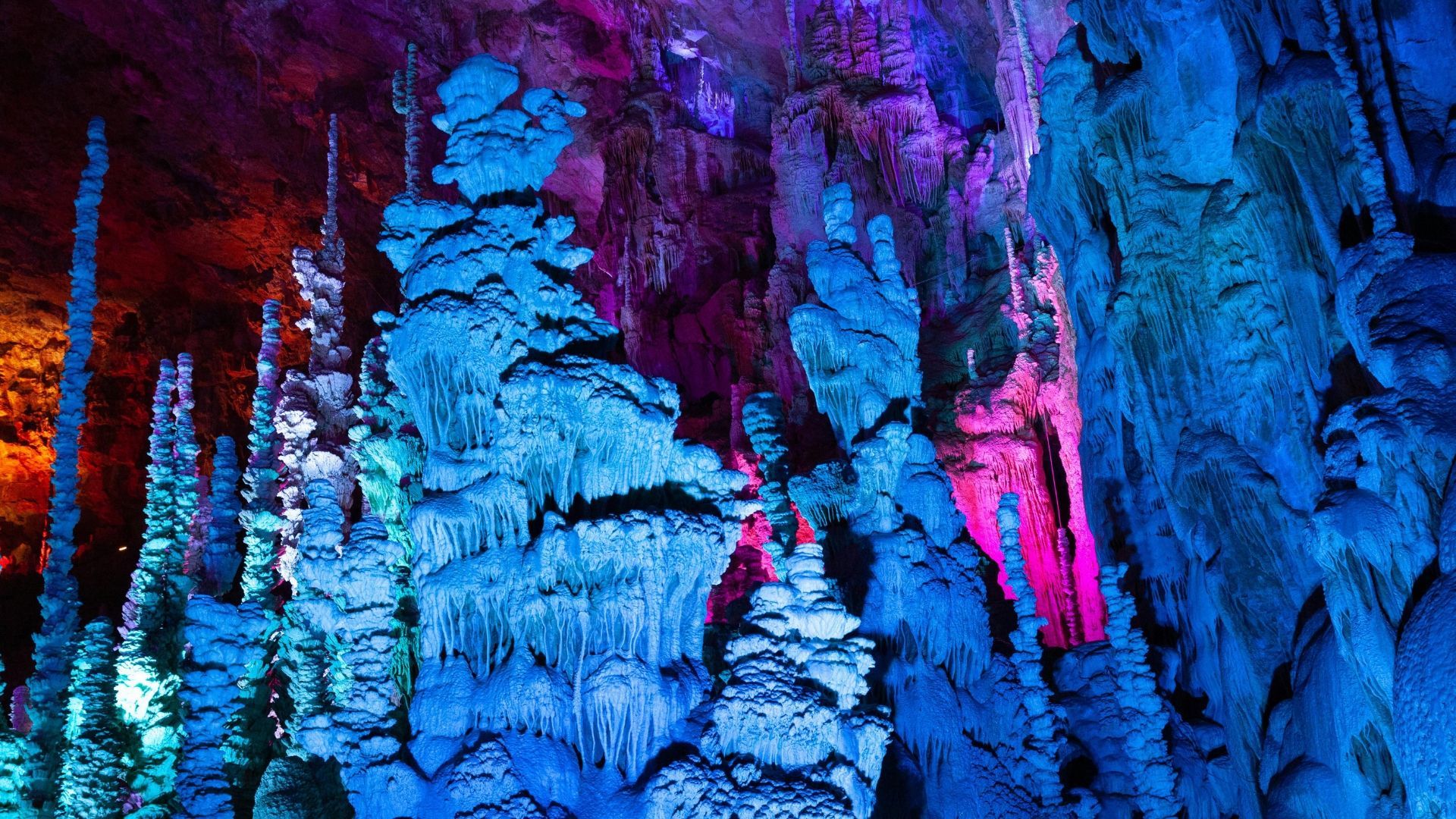
This year, British Science Week is all about change and adaptation: not just climate change but changes in plants and animals, technology, human populations and even outer space.
So, how about caves? Do these underground voids change over time? Or is a cave like Stump Cross Caverns just as it was when it formed all those hundreds of thousands of years ago?
Well, it's safe to say that caves take a long, long time to form. Take stalactites – those icicle-like columns of rock that hang from cave roofs. Each one takes thousands of years to form and there's no way to speed up the process.
In this fundamental way, caves don't dramatically change – at least at a scale of centuries. Once they're formed, they develop the odd stalagmite, stalactite or other formation. They get bigger. But a naturally occurring cave looks much the same to us as to our prehistoric ancestors.
In other ways, however, caves change dramatically. Food chains change as animals evolve and go extinct. New passageways are dug between chambers. Light and air enter the cave, introducing new plant life and eroding cave paintings. Caves are turned into "show caves", kitted out with electric lighting, stairs and other amenities.
It's one reason why we, here at Stump Cross Caverns, take our role as cave custodians so seriously. We know our actions can change the caves for the worse – so we do everything we can to conserve these subterranean wonders for future generations.
But let's rewind a little. Even the deepest, echo-iest cave has to start somewhere. What geological processes lead to this remarkable change?
How caves form
Have you ever watched a bath bomb fizz and dissolve in hot water? It's not unlike what happens to limestone and leads to the formation of caves – except it happens in seconds, whereas caves form over hundreds of thousands of years.
After all, a cave is just a hole. But it's a hole formed by rainwater dissolving limestone millimetre by millimetre.
As the rainwater seeps through the soil, it becomes a weak acid. This then has the slow but persistent power it needs to dissolve the limestone, seeping into joints and fractures.
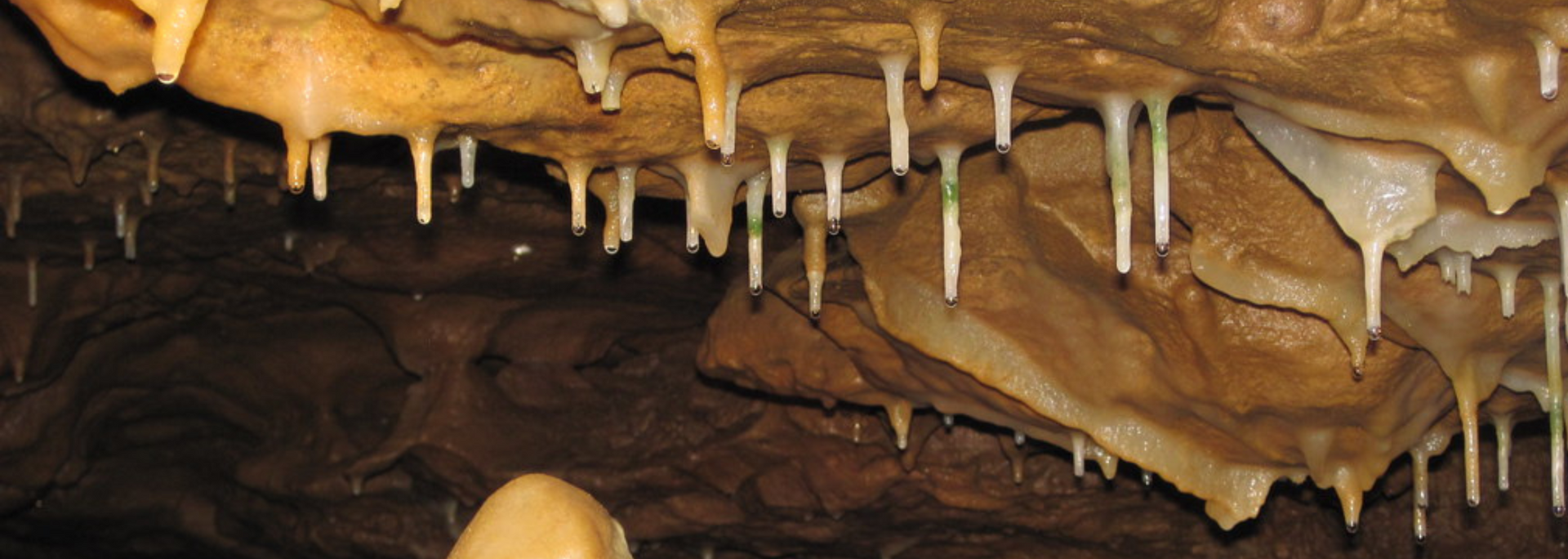
Not every fracture becomes a cave, of course. But every limestone cave – from show caves you can visit to those that are still impassable to humans – began life as a fracture filling up with water.
Digging expeditions
Water isn't the only thing that makes caves bigger. There are also humans with their pickaxes, dynamite and digging tools.
Of course, the caves were minding their own business for millennia before humans came along. But humans have a way of shaking things up – sometimes for the better and often for the worse.
In the case of caves, this is largely through the activities of cavers – those brave souls who like nothing more than to get on their knees and crawl through damp, craggy passageways. Some do this for scientific research, others to take photos. Still others do it for the sheer love of caves.
Over the centuries, cavers have dug out new passageways and cleared detritus from existing caves. This has sometimes been part of the process of turning a cave into a show cave. At other times, it's to map underground regions or do geological research.
This doesn't just change the physical shape of caves. Cavers also bring in seeds and other bits of vegetable matter, which lead to the growth of new types of cave flora.
Mankind's impact on caves didn't begin with potholing clubs, however. In the Stone Age, early humans lived in them. They left behind bones, fragments of stone tools and even musical instruments. They also painted figures on the walls that resembled humans and animals.
But there's another way that humans have had a significant impact on caves. By opening them to public use, cave paintings can be compromised, as was the case in France's Lascaux caves. The mere presence of humans started to erode some of the world's most remarkable cave paintings.
The dangers of the outside world
A cave is a bit like a pickle jar. As long as the lid is tightly sealed, the pickle can stay edible for years. But take the lid off and those pickles will quickly spoil.
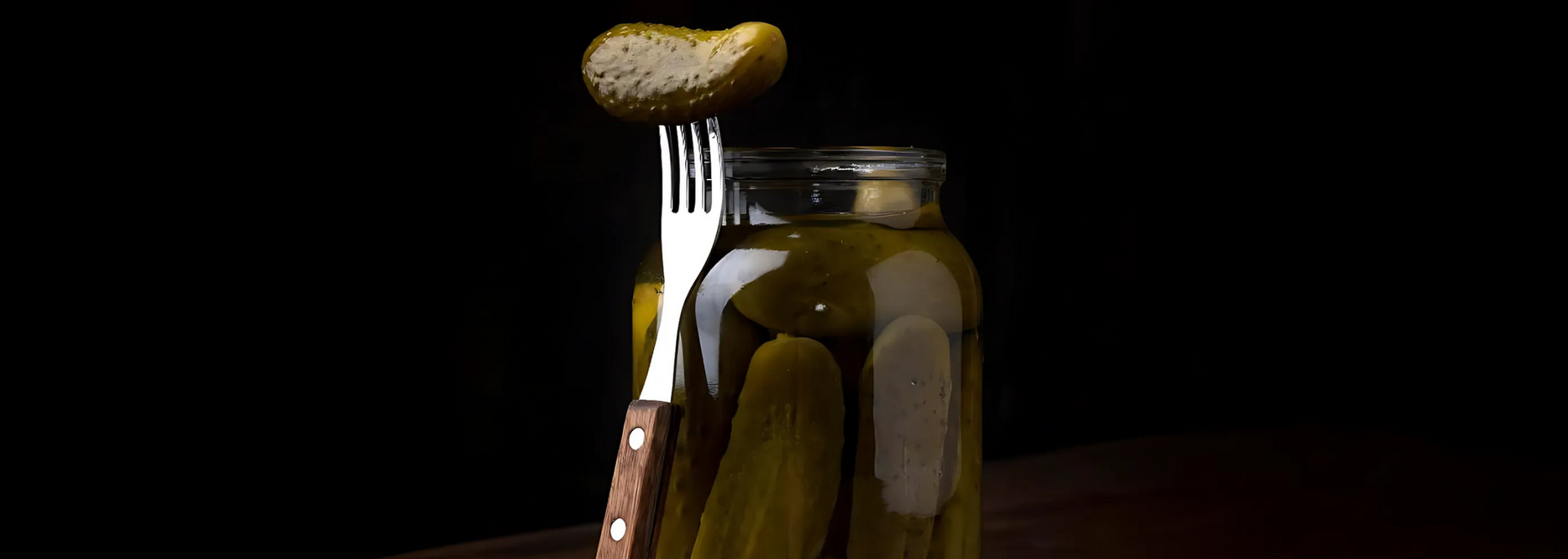
Caves aren't necessarily spoiled by human visitors (if we thought that, we wouldn't invite you to come and look around Stump Cross Caverns). However, the outside world does have a serious impact on caves in the form of something called "lampenflora".
This term refers to plants, lichens and mosses that grow under electric light. Lampenflora can discolour caves and, worse still, start to wear away at cave paintings.
This can be avoided through the use of modern lighting systems. But it's a clear example of two things: first, how we need to take care of the effect we have on the world's caves, and secondly, that caves are changing all the time.
(And by the way, we're
raising funds to upgrade our cave lighting and combat lampenflora. Can you spare a few pounds to help preserve Stump Cross for centuries to come?)
Changes to the food chain
Did you know caves have their own food chains? In most cases, these range from bats, lizards and snakes at the top to tiny insects at the bottom. And that's before you explore the weird and wonderful world of cavefish.
These food chains change over time. Once upon a time, there were cave bears, cave lions and other cave-dwelling mammals. But as the climate changed, these died out, and caves became the preserve of different kinds of animals.
Final thoughts
The natural world can often seem static. Apart from the changing of the seasons, we rarely notice natural features changing, especially those of us who live in cities. So, it may come as a surprise to think of caves as changing over time.
But change they do, whether through slow geological processes, human intervention or extinction events. Who knows what today's caves will look like in millions of years?
Caves may change – but if you visit Stump Cross Caverns, you'll feel like you've witnessed an ancient moment frozen in time. Our caves were born long before humans or dinosaurs roamed the Earth, making us by far one of the oldest
historical places to visit in Yorkshire. Ready for an amazing and educational family day out? It's easy to
book tickets online.



